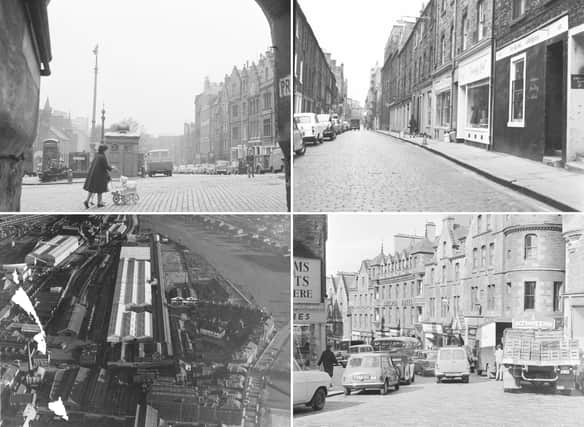Edinburgh has a fascinating history dating back thousands of years, with evidence of a settlement in the Cramond area from around 8500 BC.
The city’s name comes from ‘Eidyn’, the name for the region in Cumbric – the Brittonic language spoken in the Northern England and Lowland Scotland in the Middle Ages.
At this time a stronghold on Castle Rock was called Din Eidyn, literally meaning ‘the hillfort of Eidyn’. As the Scots language evolved, the Din was replaced by ‘burh’, creating Edinburgh.
And there are plenty more clues to the Capital’s complex past in the names of the streets, roads, and lanes that make up the city, all of which come from a multitude of languages, backgrounds and people.
Here are 10 of them.
At this time a stronghold on Castle Rock was called Din Eidyn, literally meaning ‘the hillfort of Eidyn’. As the Scots language evolved, the Din was replaced by ‘burh’, creating Edinburgh.
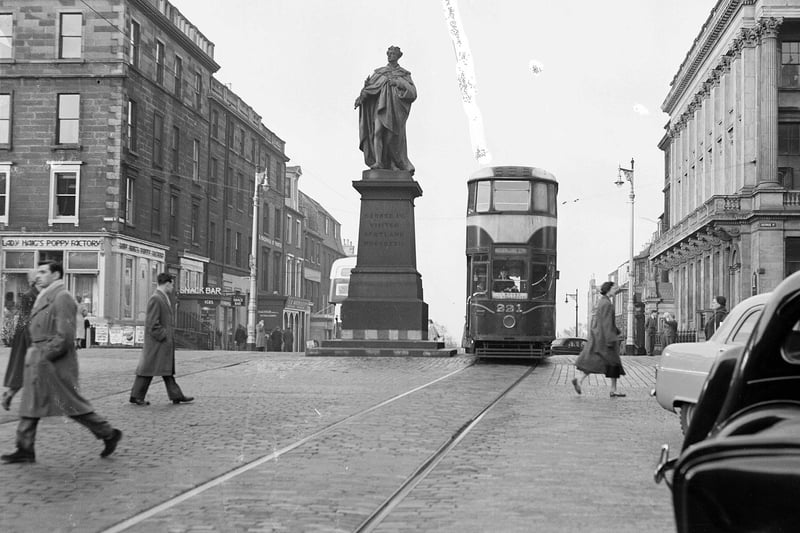
5. Hanover Street
Similar to many of Edinburgh's city centre streets, including Princes Street, Hanover Street was named in honour of the Royal family ruling Britain at the time of its construction in 1786. The King at the time was George III (who George Street is named after) who was part of the Hanoverian dynasty that reigned from 1714 to 1901. Photo: Unknown
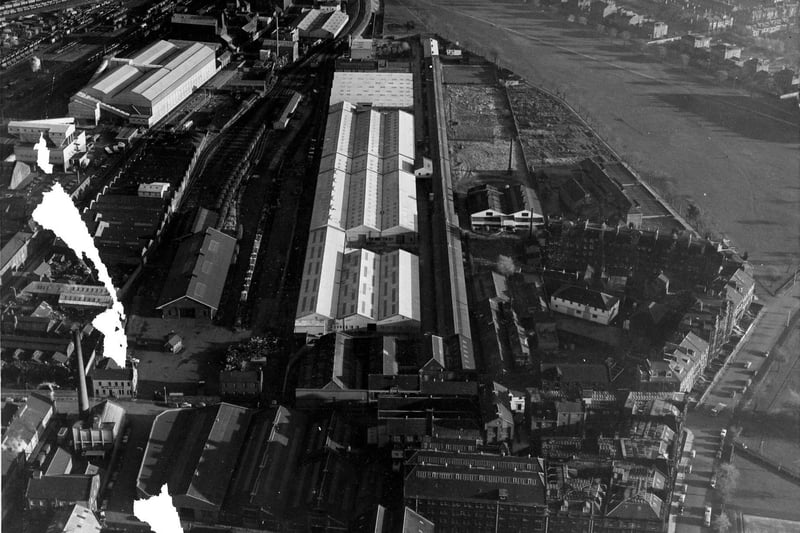
6. Salamander Street
Leith's Salamander Street used to be home to glass and chemical works that created a huge amount of heat. Legend has it that the salamander lizard can survive the flames of a fire, hence would be the only animal that could survive in the conditions generated by the industries. Photo: TSPL
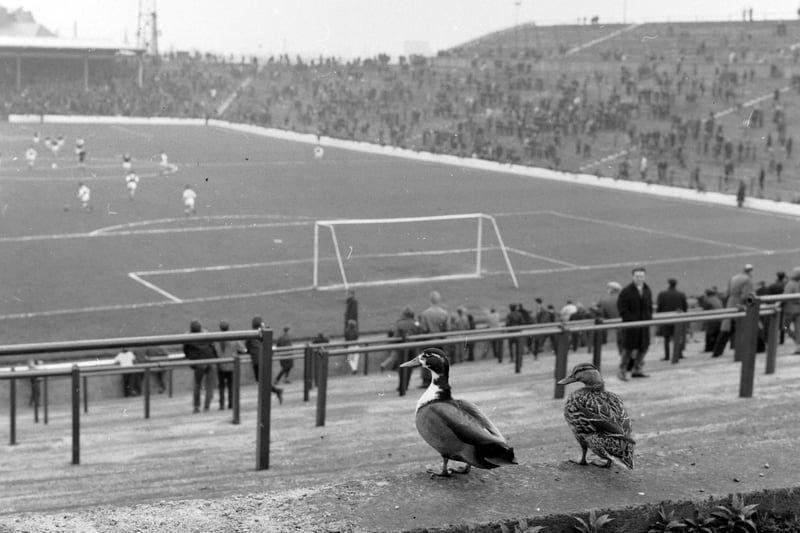
7. Easter Road
Synonymous with the Hibs FC ground that sits on it, many people think that Easter Road must be called after the religious day of the same name. Actually, it gets it's name from being the furthest east road into Leith - with Broughton Road previously being known as Wester Road. Photo: Unknown
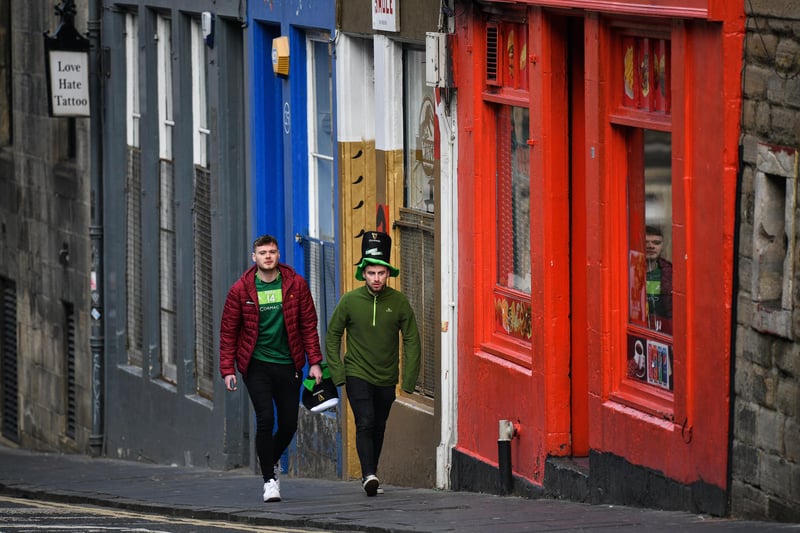
8. Candlemaker Row
The picturesque Candlemaker Row gets its name from the industry that used to dominate the area. In the 18th century dozens of candlemakers would ply their trade here, with the industry creating such a smell that the residents petitioned the authorities to ban the trade. The Candlemakers Hall was built in 1722 and can still be seen today. Photo: Jeff J Mitchell
